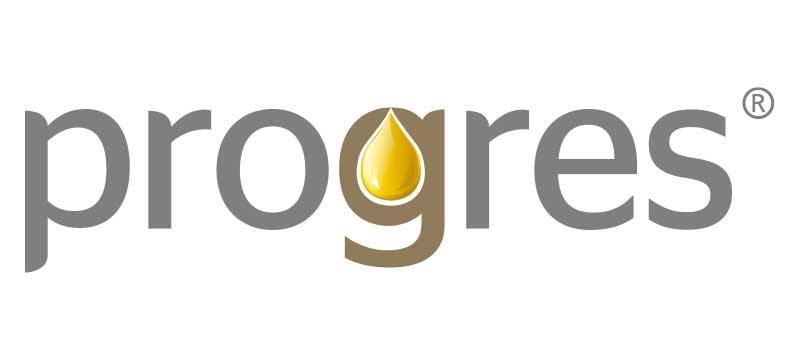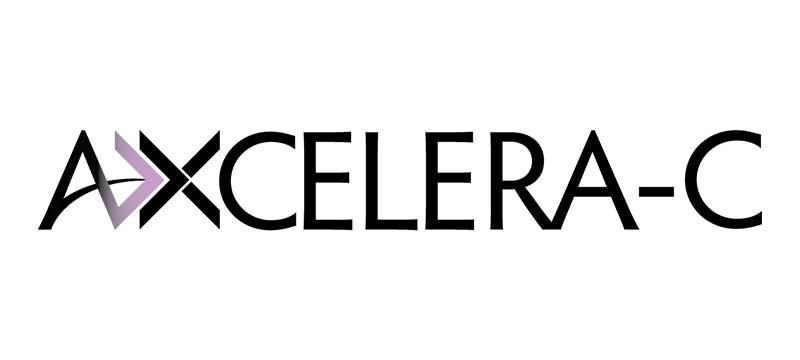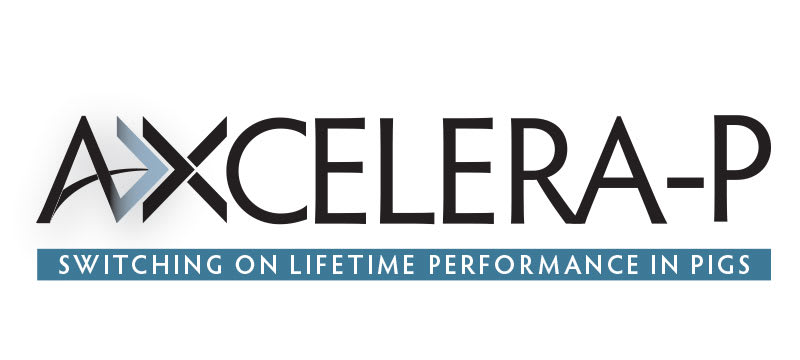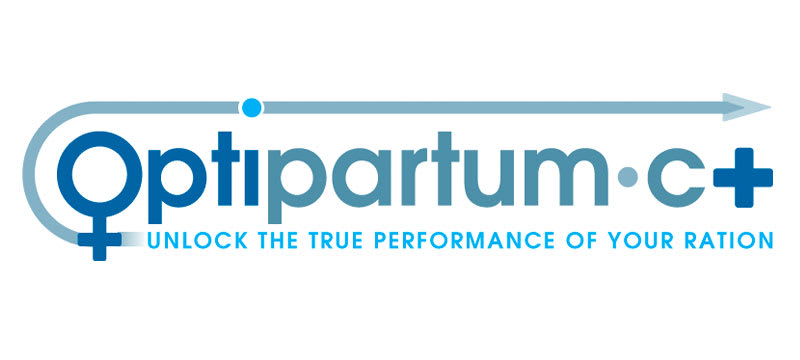
There is a global need to reduce greenhouse gas emissions across industries, as countries and companies around the world strive to achieve net zero.
The food and agriculture sectors are responsible for up to 30 per cent of global driven greenhouse gas emissions.
Livestock producers are facing increasing pressure to reduce emissions from their operations.
Three greenhouse gases in scope are:
- Carbon Dioxide (CO2)
- Methane (CH4)
- Nitrous oxide (N2O)
According to the United Nations’ Food and Agriculture Organization (FAO), the largest source of emissions is from enteric fermentation (CH4) mainly associated with ruminant species, and feed production for every species.
Step 1
We process the production data of your farms, using the Intellync carbon footprinting model.
Step 2
We perform an in-depth review of the outputs, applying our production knowledge to develop clear and actionable insights.
Step 3
We provide tailor-made recommendations, in report format, to use with key business stakeholders, including nutritionists, marketing and CSR departments and distributors.
When measuring on-farm emissions, there are a huge number of aspects that need to be looked at. Because of this, feed formulation is often overlooked, but it can contribute a significant level of emissions. Through our emissions service, we offer an internationally recognised table of average carbon footprints for raw materials which incorporates averages for fertiliser application, distance crops travel and amount or processing.
Feed industry stakeholders who are looking to credibly benchmark against competitors and customers, make improvements, and leverage the reputational advantages of sustainability gains should get in touch.
For more information or to book a demonstration
Schedule a callEmissions measured:
- Feed & Animal data
- Manure
- Land use change
- Animal efficiency
Latest news
Stay ahead with the latest news, ideas and events.
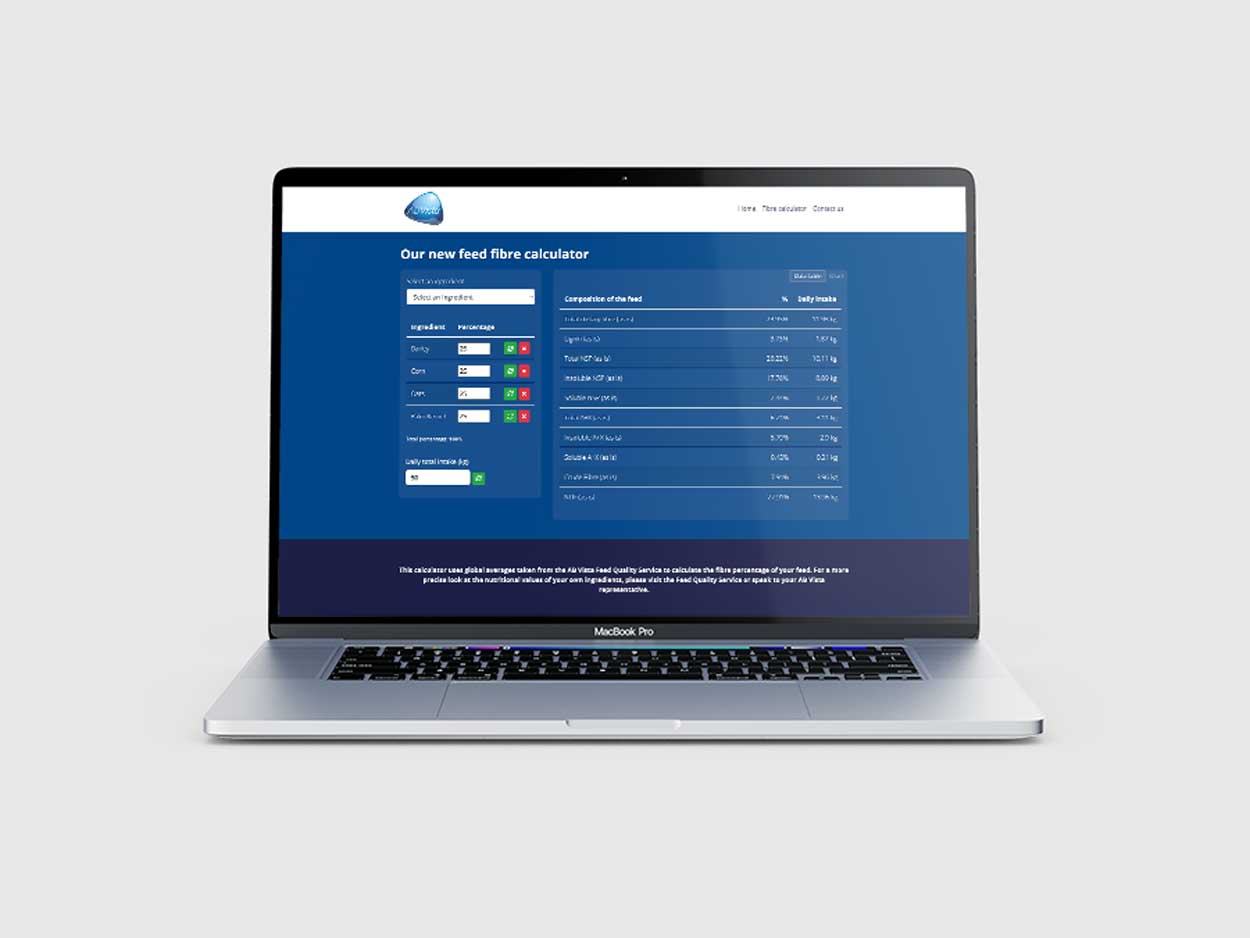
Online Feed Fibre Calculator
Calculate the percentage of dietary fibre in your feed
Our calculator is designed for nutritionists and uses averages of global raw materials to calculate the dietary fibre content (plus other more in-depth fibre parameters) of finished animal feed. These parameters are available within AB Vista’s Dietary Fibre analysis service (part of our NIR service).
Sign up for AB Vista news
A regular summary of our key stories sent straight to your inbox.
SUBSCRIBE© AB Vista. All rights reserved 2023
Website T&Cs Privacy & Cookie Policy Terms & Conditions of Sale IDC Policy










